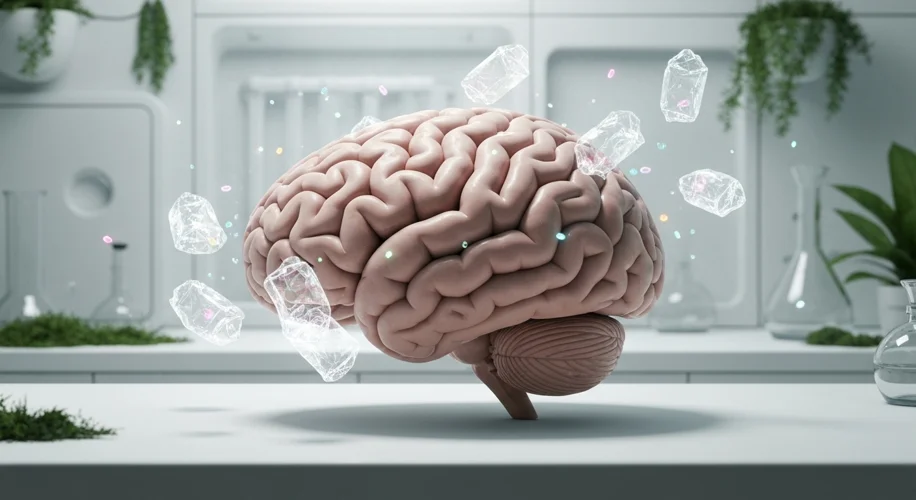Did you know that the tiny plastic particles we often hear about – microplastics – might be affecting our brains?
It’s true. New research has linked these pervasive environmental contaminants to symptoms that look a lot like Alzheimer’s disease in mice. As someone with a background in environmental science, I find this research particularly concerning, as it highlights yet another way our environment can impact our health.
What are Microplastics?
Microplastics are tiny pieces of plastic, usually less than 5 millimeters in size. They come from a variety of sources, including larger plastic items that break down over time, like water bottles, synthetic clothing fibers, and even microbeads in some personal care products. They’ve been found everywhere – in our oceans, our soil, our air, and even in our food and water.
The Study: What Did It Find?
This recent study, published in Environmental Science & Technology, explored how microplastics might affect the brain. Researchers exposed mice to microplastics and then observed their behavior and brain health. What they saw was pretty striking.
The mice exposed to microplastics showed signs of cognitive decline and memory loss, similar to what is seen in Alzheimer’s disease. The researchers also found evidence of inflammation and damage in the brain tissue of these mice. Essentially, the microplastics seemed to trigger a response in the brain that mimicked the hallmarks of neurodegenerative diseases.
How Could This Happen?
Scientists believe that microplastics can enter the bloodstream and cross the blood-brain barrier, a protective layer that usually keeps harmful substances out of the brain. Once inside, these plastic particles could cause inflammation and oxidative stress, damaging brain cells and disrupting normal brain function.
It’s important to remember that this research was conducted on mice. While it’s a crucial step in understanding the potential impact of microplastics on human health, more research is needed to confirm these findings in people.
Why This Matters
This study adds to the growing body of evidence that microplastics are not just an environmental problem, but a potential public health concern. It underscores the need for us to think about our plastic consumption and its broader implications.
While the idea of microplastics affecting our brains might sound alarming, it’s also a call to action. Understanding these risks can empower us to make more informed choices about the products we use and support policies aimed at reducing plastic pollution. As we continue to learn more about the intricate connections between our environment and our health, staying informed is our first step towards a healthier future for ourselves and our planet.

